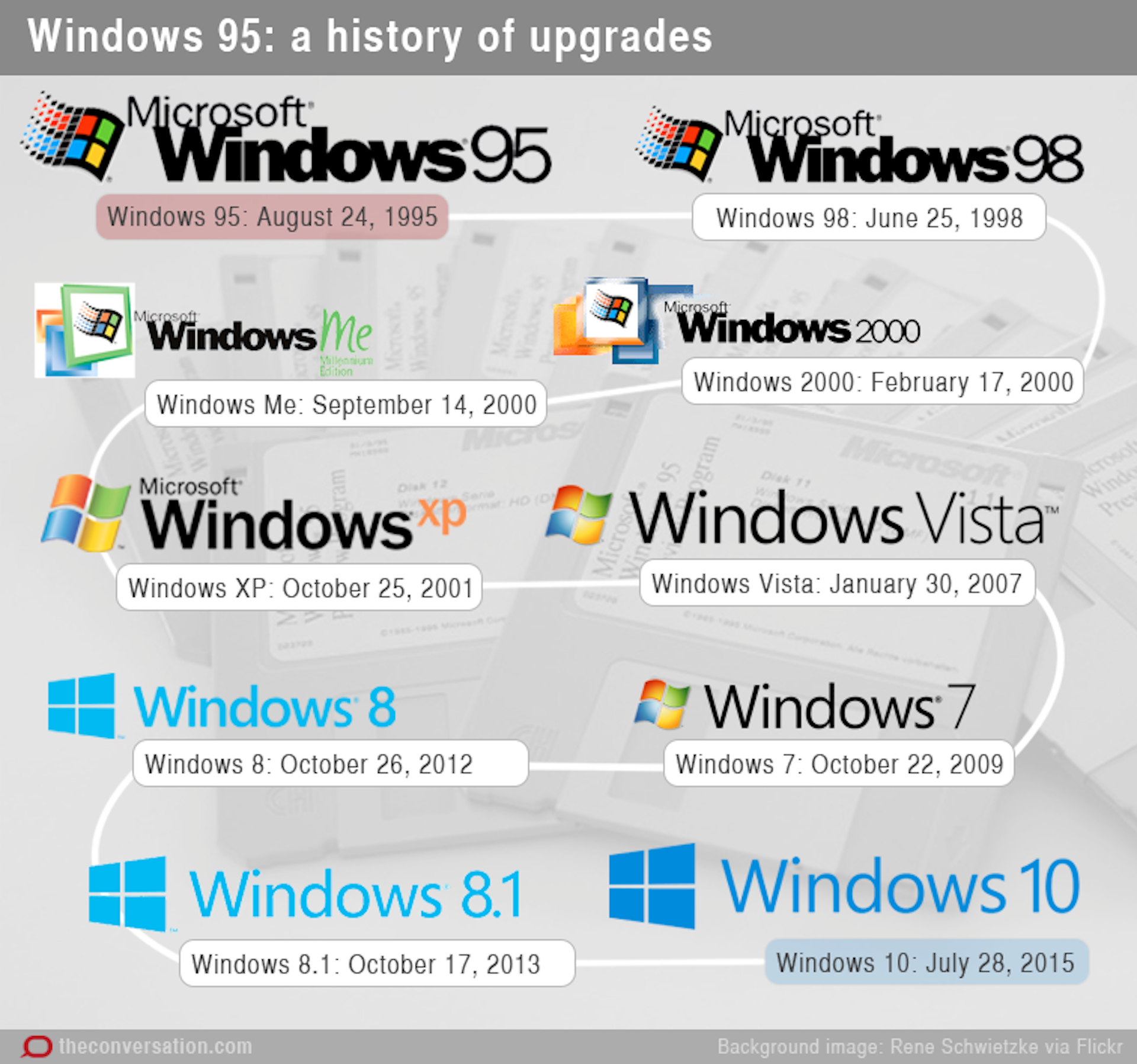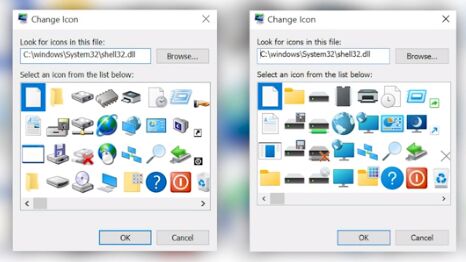

You will then be asked if you want to enable large disk support. When you see this screen, push the return key. cdrom Win95_OSR25.iso -boot a -soundhw pcspk soundhw sb16 -m 64 -cpu pentium -vga cirrus -localtime -fda disk01.img Qemu-system-i386 -netdev user,id=mynet0 -device ne2k_isa,netdev=mynet0 -hda win95.qcow2

If you are using a different version you might see different results.

Note: the information on this page was made with QEMU 2.10 in mind. This is the file I will use in this tutorial:
W95.IMG FILE ISO
This iso file is not bootable so you need to use a bootable floppy disk image file.
W95.IMG FILE WINDOWS
supplies many iso files for various versions of Windows 95. images/-raspbian-jessie-lite.img2 137216 2713599 2576384 1.2G 83 LinuxĪnd mount it: mount -o loop,offset=$((137216*512)) /images/-raspbian-jessie-lite.Windows 95 in QEMU can be both nastalgic and fun for someone who wants to remember the 90's, or use a program that only runs in this operating system. Now I can inspect the image: fdisk -l /images/-raspbian-jessie-lite.imgĭisk /images/-raspbian-jessie-lite.img: 1.3 GiB, 1389363200 bytes, 2713600 sectors You will be able to modify the network configuration inside the container.įor example: # docker run -it -rm -privileged -v /images:/images ubuntu bash.You will have complete access to he host's /dev.This removes most of the restrictions normally placed on a Docker container: # docker run -v /mnt:/raspbian ubuntu bashīut if you really want to perform the mount inside the container, you can run a privileged container, using the -privileged option to docker run. Something like: # losetup -fP -show raspbian.img One solution is simply to perform the mount operation on the host, and then expose the mounted directory into the container using the -v argument to docker run. You are also unable to modify the network environment of the container. As you have discovered, you can't mount new filesystems. A standard Docker container has a number of security restrictions in place. Are there some limitations to docker mounting filesystems?Īre there some limitations to docker mounting filesystems? Can someone explain if I can mount a linux image in a running docker container and if so how?ĭoing the same mount operations in vagrant works perfectly. Now when I try to mount the image with mount -o loop,offset=$((137216*512)) raspbian.img /mnt/ I get mount: /mnt/: mount failed: Unknown error -1. I/O size (minimum/optimal): 512 bytes / 512 bytesĭevice Boot Start End Sectors Size Id Type Sector size (logical/physical): 512 bytes / 512 bytes With fdisk -l raspbian.img I found the offset: Disk raspbian.img: 1.3 GiB, 1389363200 bytes, 2713600 sectors I access the image by mounting the folder with the volume flag:ĭocker run -it -v /path/to/image/folder:/default ubuntu /bin/bash I need to access the linux filesystem of the image and add a file. For a project I need to mount a linux image inside a docker container running ubuntu.


 0 kommentar(er)
0 kommentar(er)
